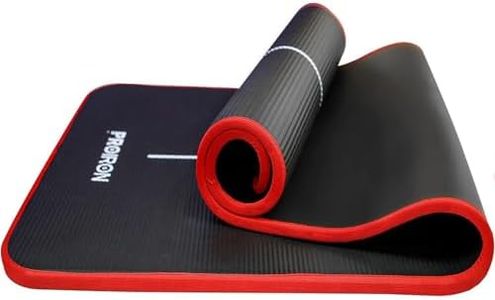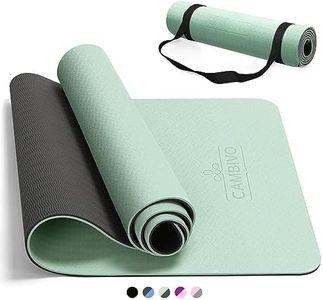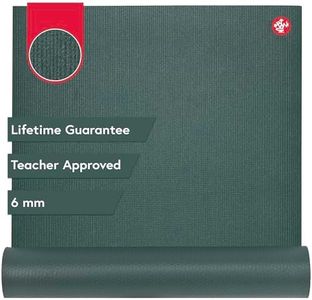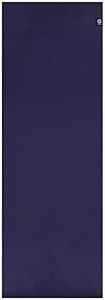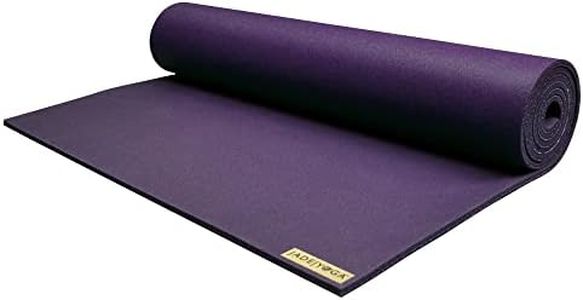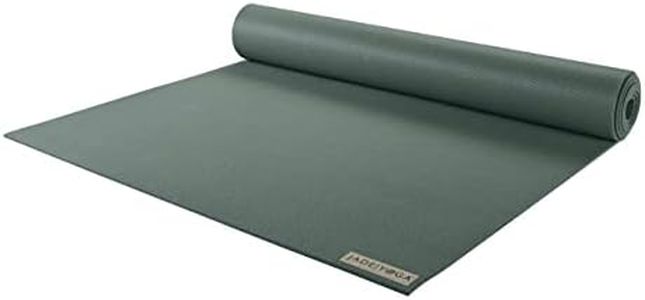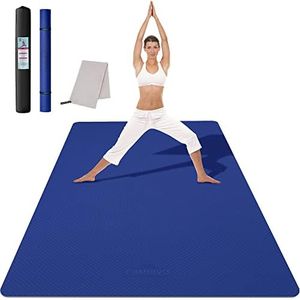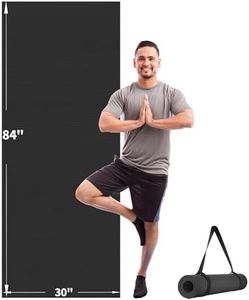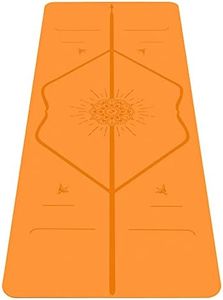We Use CookiesWe use cookies to enhance the security, performance,
functionality and for analytical and promotional activities. By continuing to browse this site you
are agreeing to our privacy policy
10 Best Yoga Mats
From leading brands and best sellers available on the web.Buying Guide for the Best Yoga Mats
Choosing a yoga mat is an important step for anyone aiming to start or enhance their yoga practice. The mat should be comfortable, supportive, and suitable for your space and style. Before buying, think about where you’ll use it, how often, what type of yoga you enjoy, and if you need it to be portable. Every yoga mat has a few main features that affect your experience, and understanding these can help you pick the perfect one for your needs.ThicknessThickness refers to how dense or cushioned the mat is. This is important because it determines how much support your joints receive, especially during poses where you put pressure on your knees or wrists. Yoga mats are commonly found in thin, standard, and thick options. Thin mats, around 1/16 inch, are light and offer close contact with the floor, making them good for travel and balance-heavy practices. Standard mats, about 1/8 inch, balance comfort and stability and suit most people. Thick mats, around 1/4 inch, provide extra cushion and are helpful if you have sensitive joints but can feel less stable during standing poses. To choose, think about where you’ll practice and if your body prefers softness or firmness.
MaterialThe material of a yoga mat affects how it feels, its durability, and how eco-friendly it is. Common options include PVC, TPE, and natural materials like rubber, jute, or cork. PVC mats are durable and easy to clean, but less friendly to the environment. TPE mats offer a lighter and more environmentally conscious alternative. Mats made from rubber, jute, or cork are natural, have good grip, and are biodegradable but may be heavier or have a distinct smell at first. If you have allergies (like to latex) or care about sustainability, this spec will be a guiding point.
Grip/TextureGrip and texture refer to how well the mat keeps you from slipping. This is important for safety, especially in energetic styles or if you sweat during practice. Mats with a textured surface provide more traction, reducing slip even if moisture is present. Smooth mats can feel softer but might get slippery. For people practicing hot yoga or routines with lots of movement, a textured mat with strong grip is important, while gentle practitioners may prefer a smoother surface.
Weight/PortabilityWeight and portability matter if you'll be carrying your mat to classes or transporting it often. Lightweight mats are easy to roll up and take on the go but may have less cushioning. Heavier mats offer more stability and padding but are less convenient to move. If you mostly practice at home, a heavier mat won’t be an issue, but for travel or commuting, pick one that is light and easy to transport.
SizeSize refers to the length and width of the mat. Standard yoga mats suit most people, but if you are taller or want more space to move, seek out longer and wider options. Having enough room to stretch out fully makes practice more comfortable. Think about your height and range of movement when choosing the right size.
Easy to CleanA mat that is easy to clean is important for maintaining hygiene, especially if you practice frequently or sweat a lot. Some materials wipe down easily, while others require more attention or special cleaners. If you want low maintenance, look for mats that resist moisture and are listed as machine washable or easy to wipe clean.
